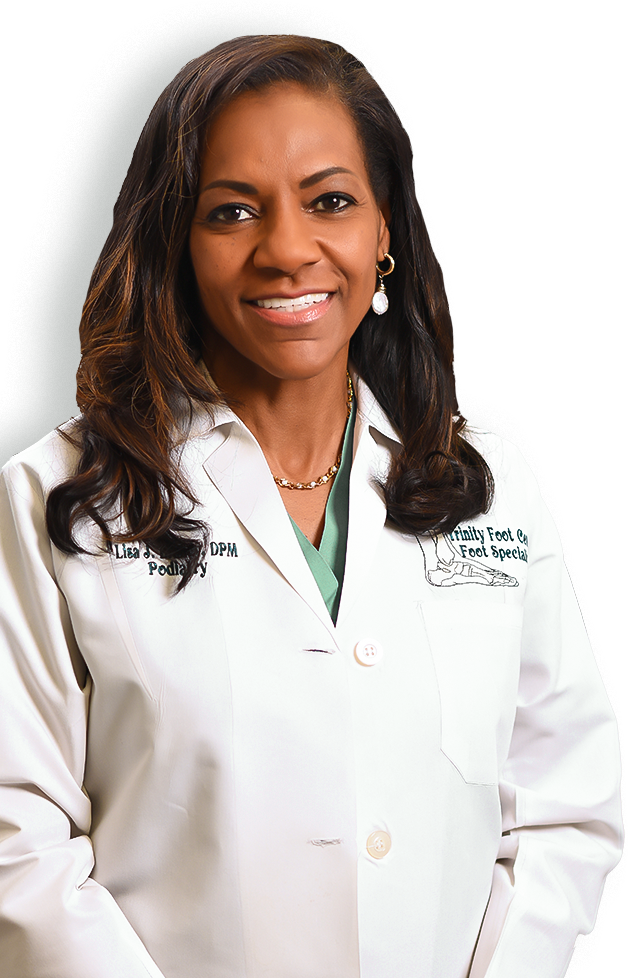Are you tired of wincing with every step? At Trinity Foot Center, we're not just treating feet —we're transforming lives, one stride at a time.
While some podiatry offices focus on treating your symptoms, we dig deep to uncover the root cause of your foot and ankle woes—crafting personalized solutions that keep you dancing, running, or simply walking with a smile. By focusing on the root causes of your foot and ankle problems, we don't just alleviate symptoms—we strive for long-lasting solutions that get you back to your active lifestyle. Whether you are dealing with persistent heel pain, neuropathy, or need help with diabetic foot care, our personalized treatment plans are designed to meet your specific needs and goals.
Don’t let another day go by with aching, uncomfortable feet. Contact Trinity Foot Center to schedule your comprehensive foot health assessment. Let us show you why so many Texans trust us with their foot care needs.










